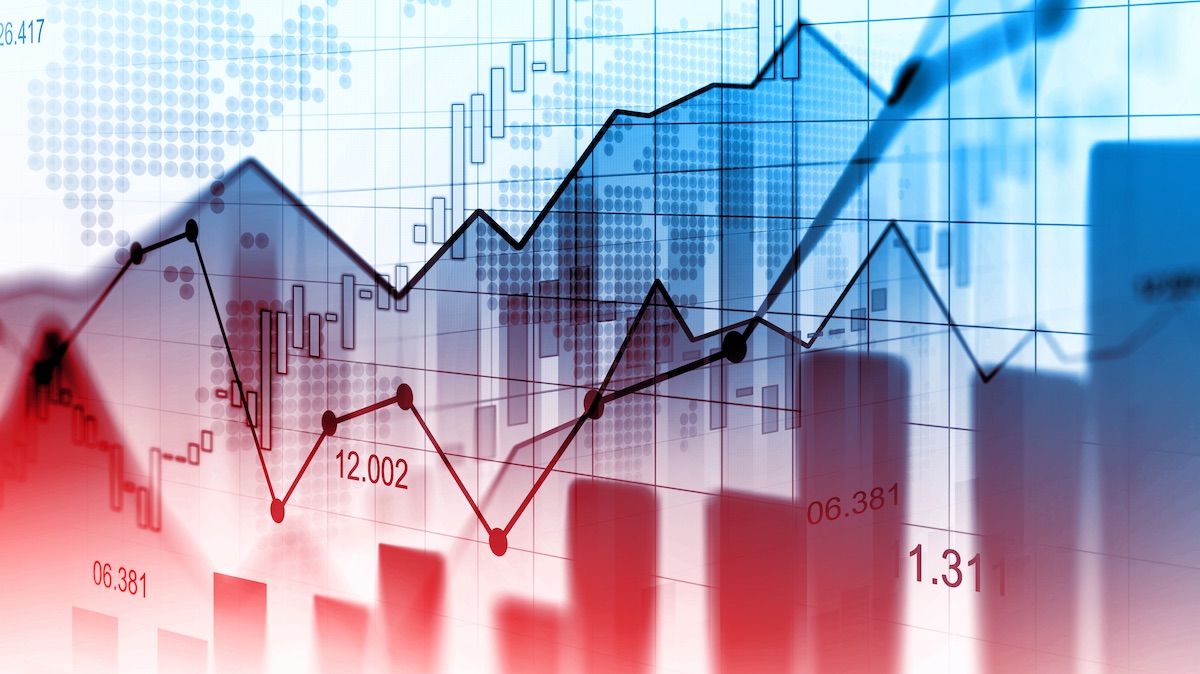So you want to get into algorithmic trading but don’t know where to start? This beginner’s guide walks through all the steps.
Algorithmic trading is without a doubt one of the more complex forms of investing, requiring an in-depth understanding of both mathematics and programming. But for those willing to put in the time and effort, it can provide significant returns on your capital.
With that said, I will not try to convince you that simple investing is inferior (it’s not), nor am I going to use some half-cocked strategy like “let’s beat Wall Street at their own game” or “the best way to make money is by following successful traders.”
Rather, I’m going to convince you that algorithmic trading is an incredibly valuable skill that should be considered by all investment-minded people. If this piques your interest, please check out the official site.
What is Algorithmic Trading?
We can define algorithmic trading as a system of rules that automatically enter orders into the market based upon a set of pre-defined criteria carefully chosen to allow for maximum profit.
The two key requirements for any algorithm are: 1) it must follow the rules without exception and 2) it must not consider factors such as investor emotion or personal bias (if investors knew what was happening, they would try to outwit the program).
In short, its primary goal is to make money by doing the least amount of work possible.
An example of an algo trading system
Suppose that I wanted to create a very basic algorithm that would trade IBM stock every morning when the opening price was above $135.25 AND the previous day’s closing price is below $134.75 while also not ending in a loss.
My program might look something like this:
If (IBM opening price > $135.25 AND previous close > $134.75) BUY 1 share of IBM at market, stop loss = -$1/share, take profit = +$1 per share; Else do nothing; End if.
Of course, there are thousands of different mathematical rules one could use and countless additional variables, such as dividend payouts, historical data, and news events.
The only reason this is useful at all is that it would provide you with an automated way of taking advantage of the market’s every twitch without having to sit in front of your computer all day.
So why not just let a robot take care of your investments?
Well, that brings up another question: which robot? Before you can even begin writing your algorithms, you need to know how they work under the hood.
Here are some examples of common strategies used by algorithmic traders:
VWAP – Volume-Weighted Average Price, used for asset allocation across different asset classes such as stocks, bonds, futures, metals or currencies.
TWAP – Time-weighted average price, used when you want to execute an order at the average price over a certain time.
Implementation Shortfall
A measure of performance is measured by comparing how well your algorithm does in back testing compared to its historical simulation results.
Momentum
Also known as “relative strength”, this strategy looks for assets that are performing better than other assets in their market.
Moving averages
Moving averages are used for trend analysis, it’s one of the most basic strategies around.
How do I use algorithms in my daily life?
Algorithms aren’t just useful for trading stocks or currencies; We can apply them to any complex system that has known input and output variables.
Take Netflix, for example: when you log onto their website, they automatically show you recommendations based on movies you have watched in the past. This means that they must use an algorithm to determine which films are likely to interest you based on some set of pre-defined rules.
Many websites use algorithms for personalized search results, while bookmakers use them to create betting lines and sportsbooks use algorithms to pay winners as quickly as possible with minimal risk.
Algorithms get a “bad rap” because people think they are mysterious or difficult to understand, but at their core, they are just a set of rules that get used over and over until somebody changes them, (therefore many mathematicians view algo traders as nothing more than glorified number crunchers).
As long as you know how they work, it should be easy enough for anyone to use them in their daily life, not just for trading stocks or writing software.













